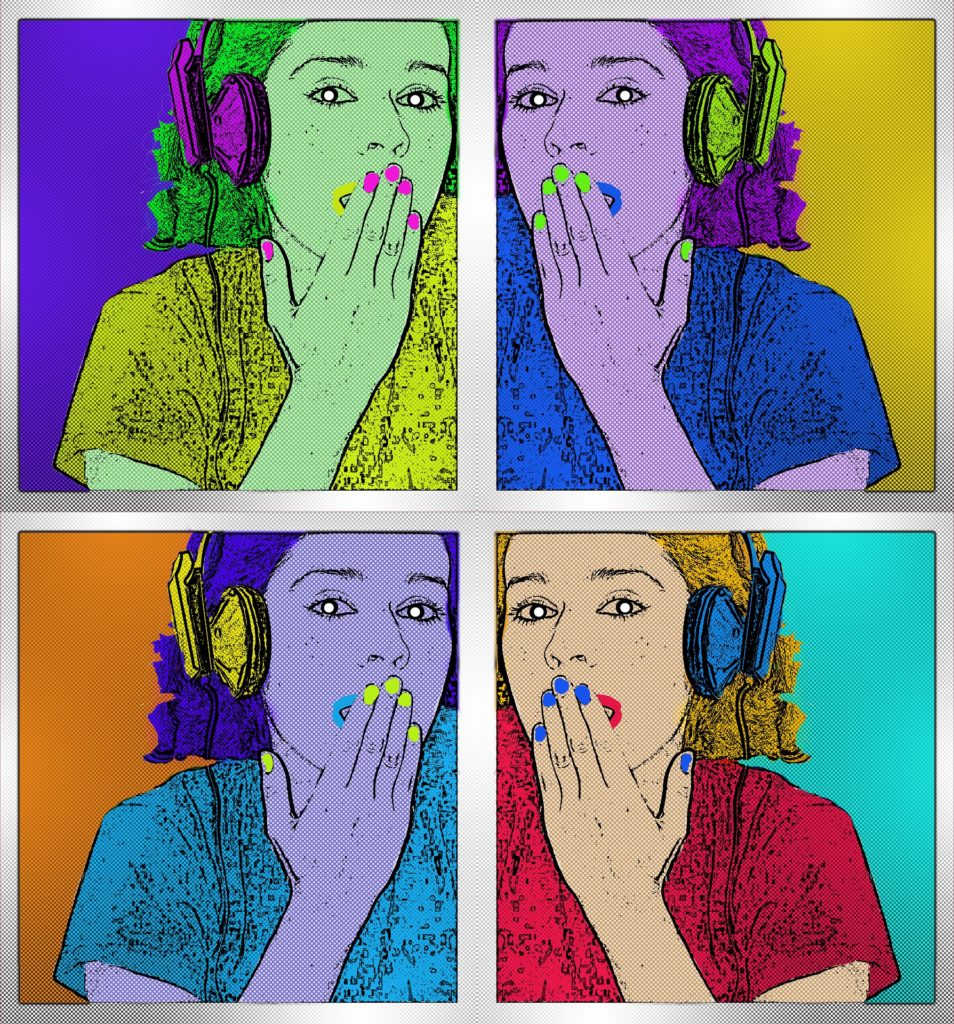
One of the most common questions asked in research presentations is this:
Is that a good number or a bad number?
It’s not enough for us to see data – we need it put in context. What does it mean, relative to similar situations around the country? How does it compare with past performance? How do we put numbers in perspective?
That process is especially challenging when you’re reviewing a one-off research study in a space where virtually no historical data exists. How can you know what’s good, what’s bad, what’s high, or what’s low when it’s a maiden study?
That’s essentially what happened when we conducted AQ last year with Don Anthony’s Morning Show Boot Camp. It was the first “talent on talent” study in radio – and the chance for more than 1,110 members of the air talent community to opine on their careers, their goals, their stations, and their lives. We learned a ton about the care and feeding of talent, and how they see the world of radio.
One of the biggest takeaways was in the area of gender as it relates to jobs and on-air positions. First, we suspected there were always quite a bit more men on the radio than women. But we finally saw it quantified. And across the spectrum, we learned men outnumber women by a 3:1 margin. Again, we don’t know what this looked like two years ago – or 20 years ago. But it’s a noteworthy gap when you consider the makeup of the listening audiences as well as radio’s advertising community.
But perhaps an even bigger gap exists when you look at how both males and females on the air view the opportunities for female advancement:
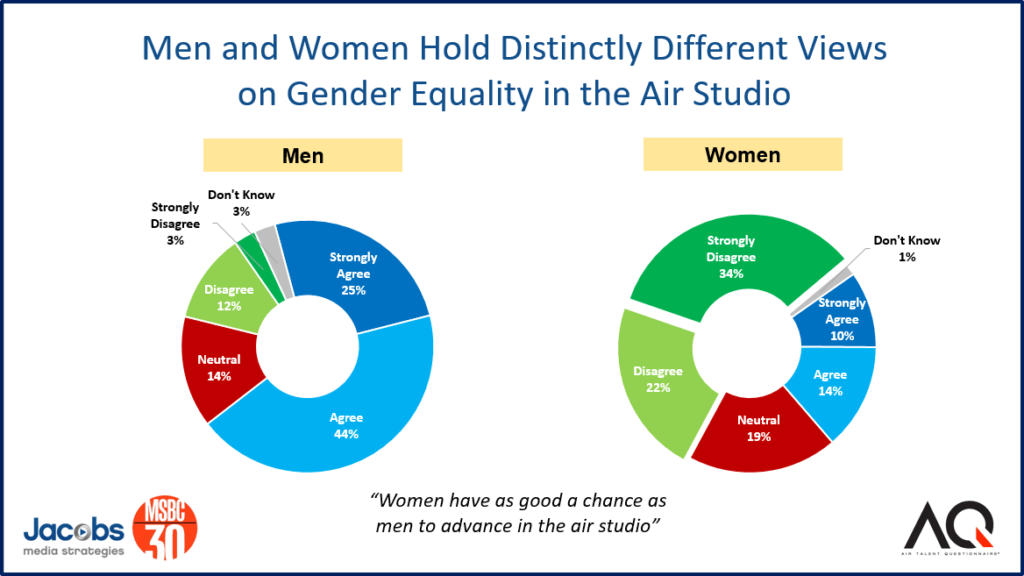
Talk about a tale of two genders.
So suffice it to say, the fact I’m excited about what we’ll see when we launch AQ2 next month is an understatement. Has the industry made any progress? Are there more women on the air – and not just as sidekicks, but in positions of leadership?
I’m hopeful. And in just my scanning of Inside Radio, Talkers, RadioInk, RAMP, RadioInk, and of course, Jockline Daily every day, I suspect there’s change not just in the air – but on the air.
More and more, I’m not only seeing what I perceive to be women being hired and promoted, but oftentimes, they’re charged with running the show – literally. Last 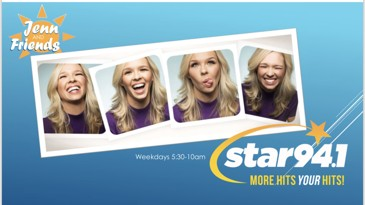 week, one of the prominent AC stations in the country, Entercom’s Star 94.1 in Atlanta, announced their new morning show, Jenn & Friends, starring market veteran Jenn Hobby. While she’ll be surrounded by a cast of “friends,” it’s Jenn’s show – something I ‘m thinking we’re going to see happen in market after market in the coming months and years.
week, one of the prominent AC stations in the country, Entercom’s Star 94.1 in Atlanta, announced their new morning show, Jenn & Friends, starring market veteran Jenn Hobby. While she’ll be surrounded by a cast of “friends,” it’s Jenn’s show – something I ‘m thinking we’re going to see happen in market after market in the coming months and years.
And it’s not just happening in big markets. Scanning the trades reveals that in the heart of the Midwest, women are running the show. Claire & The Hot 96 FM Morning Show is anchored by Claire Ballard, a determined, focused young broadcaster who’s determined to set an example and inspire those little girls listening to her on the way to school each morning.
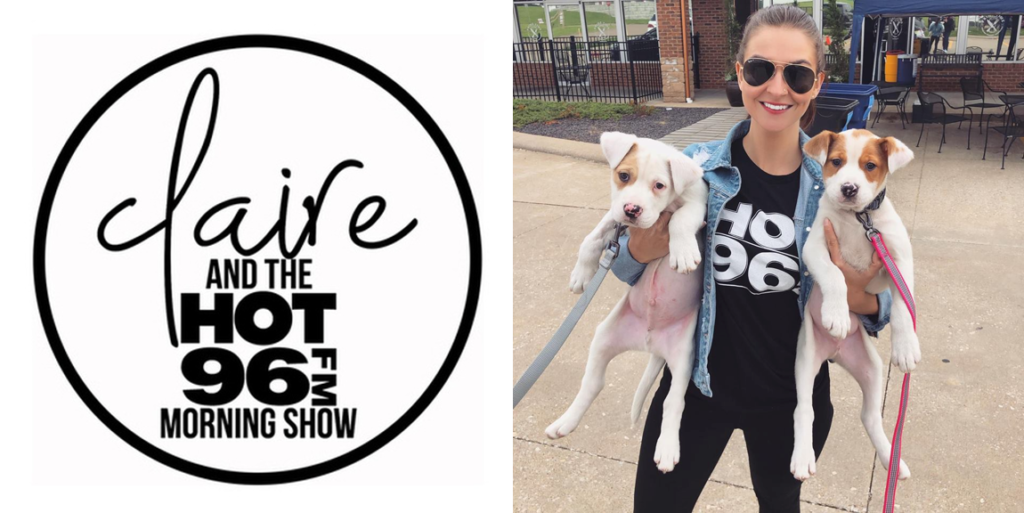 These stories seem to be multiplying, an anecdotal observation that will be proven – or disproven – by A2. But know this: more and more women are reaching the same conclusion Claire did a few years ago:
These stories seem to be multiplying, an anecdotal observation that will be proven – or disproven – by A2. But know this: more and more women are reaching the same conclusion Claire did a few years ago:
“I don’t know why more women aren’t hosting morning shows, aside from the ‘women don’t like listening to other women’ dinosaur-type data that was likely taken before I was even born, but here’s what I know: in a male dominated industry, the majority of people who look like me are hosting middays or co-hosting mornings.”
That thinking reverberated for me a couple months back at the Worldwide Radio Summit awards ceremony. We were fortunate enough to win the Consultant of the Year Award – an honor our company is proud of. But in listening to the acceptance speech of the other winners, I couldn’t help but perk up when the award for Voiceover of the Year was announced:
The winner – Rachel McGrath – yes, a female VO pro.
Her acceptance speech was brief, but speaks volumes about changing roles:
Rachel told me her reps at Atlas Talent demand the same rates for her as the guys get. She summed up her philosophy this way:
“A true connection with your audience has nothing to do with the amount of testosterone flowing through your veins, and everything to do with whether or not you are able to make– and hold- that connection.”
It’s happening on the other side of the aisle, too – in public radio. Increasingly, women are occupying the hosting chairs on some of the system’s biggest and most 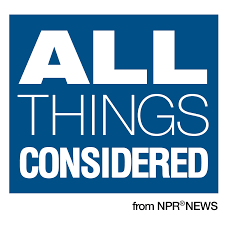 popular shows. All Things Considered – the afternoon drive “tent pole” news magazine from NPR lists the following hosts, along with Ari Shapiro:
popular shows. All Things Considered – the afternoon drive “tent pole” news magazine from NPR lists the following hosts, along with Ari Shapiro:
Mary Louise Kelly, Audie Cornish, Ailsa Chang, and Michel Martin.
There’s something important going on here. And it’s not just companies, programmers, and WWRS voters pushing this change along. Women are advancing because of their capabilities, work ethic, talent, and results – as it should be.
There’s also research that strongly suggests placing women in more prominent roles is strategically smart as well. I had the chance to meet Scott Simonelli, one of  the founders of Veritonic, a company that’s actually testing audio – signatures, jingles, and voices – to learn more about how consumers react and respond. Their research is fascinating, and became a provocative part of our Canadian Music Week panel about the power of audio branding.
the founders of Veritonic, a company that’s actually testing audio – signatures, jingles, and voices – to learn more about how consumers react and respond. Their research is fascinating, and became a provocative part of our Canadian Music Week panel about the power of audio branding.
But one Veritonic study conducted for Westwood One tested the effectiveness of broadcast radio ads on intent to purchase cars. They tested voice talent to gain a better understanding of how they impact audience impressions, and along the way, they learned something interesting leading to this conclusion:
“Female voiceovers tested exceptionally well and should be used more often.”
Veritonic backed this up by noting the top testing ad had a “noticeable female presence,” while two of the top five ads featured a prominent female voice. And among men who were in the market for a new vehicle, the best performing ad has a female in the lead VO role.
Another Veritonic/Westwood One collaboration tested 164 radio ads – finalists and winners of Radio Mercury Awards, along with Cannes Lions and Clio Award winners, among a sample of 6,000+ respondents. So, we’re talking well-written and skillfully produced radio spots – the best of the best.
And how did female VO ads compare to all those Mr. Big Voice spots?
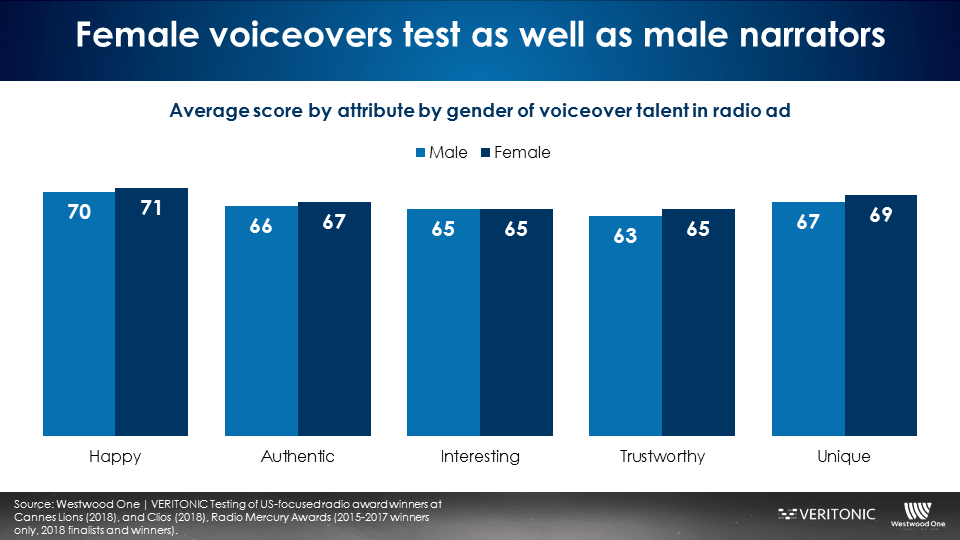
But here’s the kicker: only 4% of these ads used a female for VO duties. In an environment where marketers need to gain attention and stand out, this glaring stat simply doesn’t square up.
So, the data suggests that maybe advertisers and programmers take a different look at creative, on-air talent, and emotional connections. Because the research and the reality suggests “the way we’ve always done it” may not be holding up.
When I tell you I’ll be on the edge of my seat when the results of AQ2 start coming in, I’m sure many of you are nodding.
On the conclusion of Game of Thrones the other night (SPOILER ALERT), it surprised many avid fans that a woman did not end up occupying the Iron Throne. Yes, my money was on Arya.
I’ll be even more surprised if we don’t see our data – as well as other research studies – confirm the changing role of women in radio.
Join Jacobs Media & jãcapps on Thursday, May 23 at 2pm ET for a free webinar – “The Lastest & Greatest in Mobile Apps, Smart Speakers, & Connected Cars.” I’ll be co-presenting with Bob Kernen. Register here.
- What To Do If Your Radio Station Goes Through A Midlife Crisis - April 25, 2025
- A 2020 Lesson?It Could All Be Gone In A Flash - April 24, 2025
- How AI Can Give Radio Personalities More…PERSONALITY - April 23, 2025




Great news! Now, if we can just get everyone (except you) used to not calling them “girls.” 🙂
One step at a time. 🙂
Now I just need a job….
It’ll happen. Keeping eyes open, Pam. For anyone reading this, Pam’s a star.
xo
Fred,
I had the pleasure of being the PD of KMGE in Eugene, OR where the station has and amazing 2 woman morning show with Liz and Reilly (Liz Kelly and Mary Reilly https://www.945mixfm.com/category/airstaff/). They took over the mornings from a long running morning show and have taken the show to be a Top 1 or 2 morning show, during my tenure.
They were doing mornings before I arrived and people all around me told me to 86 the show, because one woman in the morning, surrounded by men, was one thing, but 2 women was nonsustaining. I disagreed and they disproved everything we have been told. (It was largely a female audience that came to the show, another stereotype broken.)
Personally, I like to do something different or the exact opposite of what we have always done. Male/Female or Male/Male/Female morning show, Female MIdday and Male afternoons is old thinking and doesn’t always meet the audience where they are
I believe, if we stop thinking like radio people and start thinking like listeners, we would be a hell of a lot better off. Why? Because shows like Liz and Reilly are proof of how the right combination, regardless of gender, is how we win.
I no longer work at KMGE, but it is one of my favorite times of my career seeing this show evolve from being 2 women in the morning to just being a great morning show, period. Gender aside, they are sustainable and will be for a long time to come.
Congrats on swimming upstream, Steve. Some of my biggest successes have been by bucking the trends. Thanks for the story.
Also worth noting that Colbert and Nightline are now driven by female voice talents!
Both superb!
Thanks, David.
This is absurd. It’s 2019! Very few women lead shows. We are rare but exist and MORE of us need to exist. I’m shocked this is just now being discussed over 10 years after I was given my own syndicated show (by Entercom, no less). 2019…smdh
Kim, thanks for that and helping lead the way. It has taken too long, but I think progress is being made – and quickly. Appreciate you reading our blog & weighing in.
I coach a lot of our young talent and I am constantly reminding the woman that their goal should be to be a “HOST” not a “Co-Host” We need more female leads in our business.
In the past there was a “no female back-to-back” mantra in radio station talent line-ups. That mantra, combined with the belief that females should not host a morning show or should represent 50% or less of a team show and should not be used as imaging voices, ensured that females would represent well below 50% of radio station voices. Thankfully,many stations have finally dropped that antiquated way of thinking. This odd thought process still rears its ugly head in music programming, though. I’d be curious as to how many music directors have a “female artist” separation rule but no “male artist” separation rule. Baby steps I suppose.
Cara, we’re back in the field for AQ2 to see if, in fact, the environment’s gotten better for women on the air. BTW congrats for landing your new gig on WLS-FM.